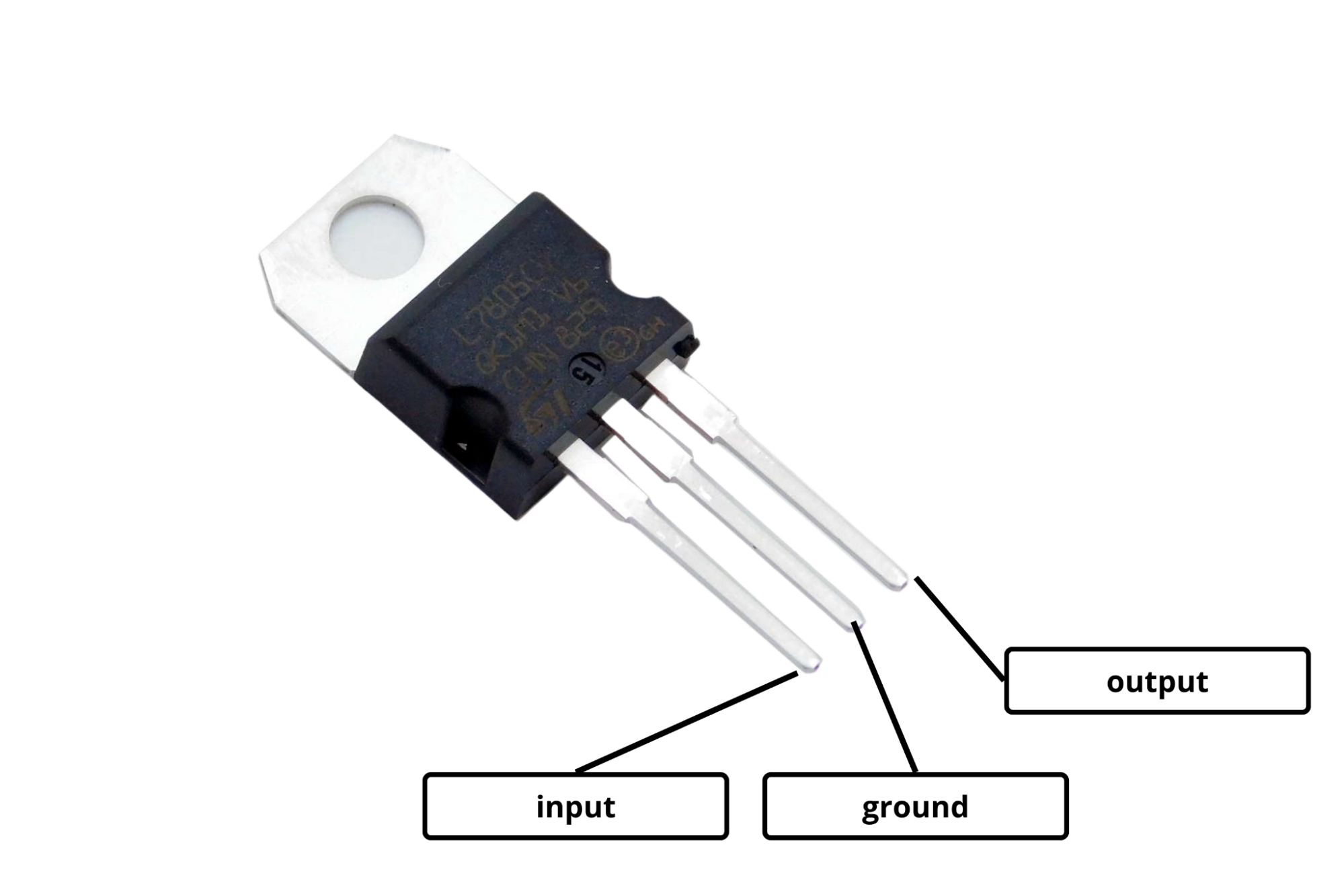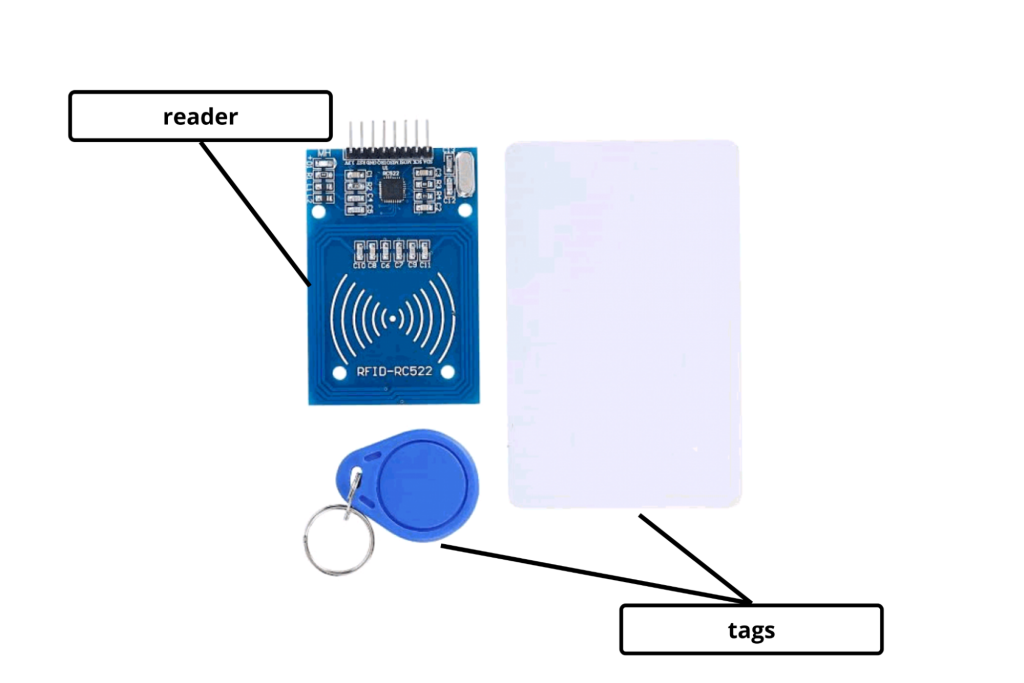
A linear voltage regulator is a small device which is used to supply a linear voltage (almost constant) in cases of fluctuations, to ensure the smooth functioning of other parts and prevent damage. It can be directly connected to the circuits and be used to make them safer and uniform.
Components
A voltage regulator contains 3 pins:- input, output and ground,
How to use
Take a voltage regulator, connect its ground and connect the other pins in series with the circuit. A breadboard can be used to make temporary connections to first test them out.
Common Applications
1. One of the most common examples is the mobile charger. The adapter is supplied with an AC signal. However, the output voltage signal is a regulated DC signal.
2. Every power supply in the world uses a voltage regulator to provide the desired output voltage. Computers, televisions, laptops, and all sorts of devices are powered using this concept.
3. Small electronic circuits rely on regulators to operate. Even the slightest fluctuation in voltage signal can damage the components of a circuit such as ICs.
4. When it comes to power generation systems, voltage regulators play an essential part in their operation. A solar power plant generates electricity based on the intensity of sunlight. It needs a regulator to ensure a regulated constant output signal.
Some example projects that students can try out in the ATL Lab
1. Use linear voltage regulator in a circuit with capacitors and measure the input & output voltages using a multimeter.
Safety Measures to follow
1. Don’t use very high voltage on the regulator since it gets heated up very fast.
Important Links
How to use a voltage regulator (https://youtu.be/Y-q7OxS4jRE)
YouTube Video


